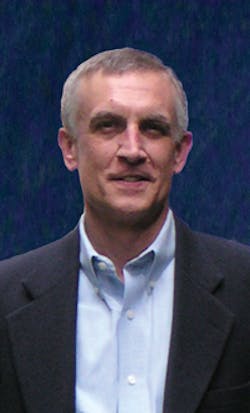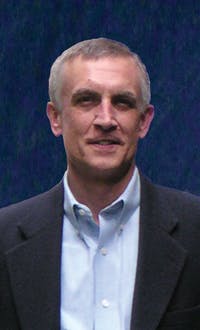If a company performs poorly on a project, this fact is immediately visible to its employees. If less-than-desired performance continues across multiple projects over time, the failures usually become visible to outsiders as well and begin to affect branding, reputation, and pricing. A company can usually recover from a single product that does not live up to expectations. When product development repeatedly falls short of expectations, the whole company feels the pain.
When it comes to measuring output, sometimes companies confuse projects with products. The distinction between them is important for two reasons. First, a project doesn’t make money. It is a mini cost center that accumulates costs and organizes people for a development effort. A project is a temporary organization formed to develop one or more products.
From a measurement viewpoint, companies need measures for projects along with measures of the products being developed. Business plans and forecasts typically include revenue and profit forecasts, market-share expectations, and other product-related (not project-related) financial information. However, the plan typically bundles-in project information (costs) used to estimate potential returns. This common practice makes the differences between project and product measures a little hazy. But the labels put on the measures are not really important as long as those doing the projections understand which is which.
Pure project measures deal exclusively with the effectiveness, efficiency, productivity, inputs, outputs, processes, and costs of development activities. Reuse, work-in-process, design reviews, budget versus actual spending, and project risks are good examples. Management typically works hard to make these measures consistent across “all” projects.
Why?
Because we have learned manufacturing is optimized when a known process is consistently and repeatedly applied. It ensures everyone knows the game and the rules, as well as the corrective actions taken when variation increases and quality levels are challenged. The same applies in product development. As engineers and designers juggle multiple projects, finishing some and moving onto others, consistency in the language of execution is critical. And, from a management viewpoint, consistent measures make it simpler to aggregate results across all projects and to interpret those results.
There is inherently more variability in product development than in manufacturing, no denying that. The metrics that account for “what happened” are fairly mature and generally understood. These metrics are typically called “reactive” metrics. They are the metrics we regularly use and report to management. And, if the metrics reveal a problem, we go fix it.
The opportunity “still ahead of us” for project and program measurement is to develop metrics with better proactive and predictive correction abilities. What should or can be measured, early in the cycle, that will show the project or product is deviating from the plan and what to do about it? In fact, today, do we even have one measure that can be taken early in product development that has a high correlation to a promised business or project plan? Operations, finance, sales and other department areas have such measures. Relatively speaking, predictive metrics for projects and programs remain fertile ground in R&D and development.
Bradford L. Goldense, NPDP, CMfgE, CPIM, CCP, president of Goldense Group Inc. (GGI), has advised over 300 manufacturing companies in product management, R&D, engineering, product development, and metrics on four continents. GGI is a consulting, market research, and executive education firm founded in 1986.
Subsequent writings in this column will expand on the lessons-learned of where
we have been, and will offer views on what the future holds for product design.
About the Author
Bradford Goldense
Contributing Technical Expert
Bradford L. Goldense is founder and president of Goldense Group, Inc. [GGI] (www.goldensegroupinc.com), a consulting, market research, and education firm focused on business and technology management strategies and practices for product creation, development, and commercialization. He has been an adjunct faculty member of the graduate engineering school at Tufts University's Gordon Institute for 19 years. Goldense is a Certified New Product Development Professional [NPDP], a Certified Manufacturing Engineer [CMfgE], a Certified Computer Professional [CCP], and is Certified In Production & Inventory Management [CPIM]. He holds over 200 registered copyrights and is a recognized subject-matter expert, including appearances on PBS and CNBC. He has consulted to over 250 companies and over 750 manufacturing locations on four continents since founding GGI in 1986. Goldense holds an MBA in Accounting from the Cornell Johnson School and a BSCE from Brown University. For more information, please see Brad's LinkedIn profile or visit GGI's home page.

